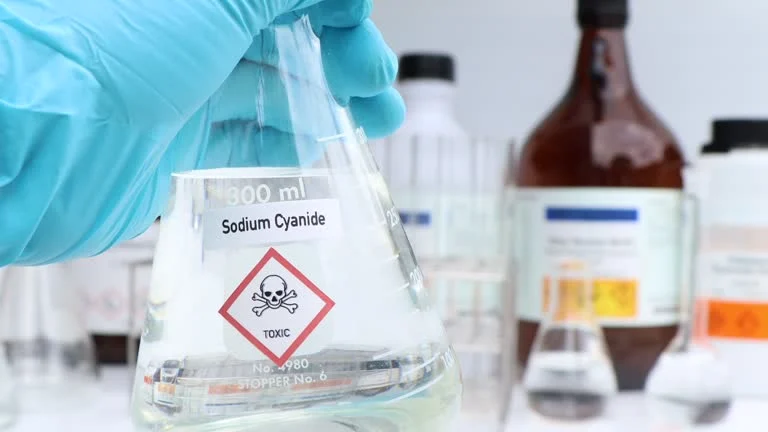
1. Introduction
Sodium cyanide (NaCN) is a highly toxic chemical compound, and its liquid form poses significant risks to human health and the environment. Understanding its toxicity mechanisms and knowing appropriate first - aid measures in case of exposure is crucial for ensuring safety, especially in industrial settings where it is used, such as in gold mining for leaching processes and in some chemical manufacturing industries.
2. Toxicity of Liquid Sodium Cyanide
2.1. Mechanism of Toxicity
Liquid Sodium Cyanide dissociates in the body to release cyanide ions (CN⁻). These cyanide ions have an extremely high affinity for cytochrome oxidase, an enzyme complex in the mitochondria of cells. By binding to cytochrome oxidase, cyanide inhibits the electron transport chain, which is a crucial part of aerobic respiration. As a result, cells are unable to use oxygen effectively, leading to a state of histotoxic hypoxia. In simple terms, the cells are starved of oxygen even when there is an adequate supply in the bloodstream, disrupting normal cellular function and metabolism.
2.2. Routes of Exposure and Associated Toxic Effects
2.2.1. Inhalation
If the vapors or mists of Liquid sodium cyanide are inhaled, symptoms can occur very rapidly. The respiratory system is the first to be affected. Initial symptoms may include irritation of the throat, coughing, and a feeling of tightness in the chest. As the exposure progresses, more severe symptoms such as shortness of breath, rapid breathing, and in high - concentration exposures, respiratory arrest can occur. Inhalation of even small amounts of cyanide - containing vapors can be life - threatening due to the quick entry of cyanide into the bloodstream through the alveoli in the lungs.
2.2.2. Skin Contact
Direct skin contact with liquid sodium cyanide can also be dangerous. The alkaline nature of Sodium cyanide solutions can cause skin irritation, burns, and corrosion. Additionally, if there are any cuts, abrasions, or open wounds on the skin, cyanide can be absorbed into the bloodstream. Prolonged or extensive skin contact may lead to systemic poisoning, with symptoms similar to those of ingestion or inhalation, such as headache, dizziness, weakness, and in severe cases, cardiac arrest.
2.2.3. Ingestion
Ingesting liquid sodium cyanide is extremely hazardous. Even a small amount can be fatal. The cyanide ions are quickly absorbed through the gastrointestinal tract into the bloodstream. Symptoms usually start within minutes and can include nausea, vomiting, abdominal pain, and a burning sensation in the mouth and throat. As the poison spreads through the body, it can lead to loss of consciousness, seizures, and ultimately, death due to respiratory and cardiac failure.
2.3. Lethal Dose
The lethal dose of liquid sodium cyanide can vary depending on factors such as the route of exposure, the individual's health status, and body weight. However, in general, sodium cyanide is extremely toxic, and a very small amount can be fatal. For example, the probable oral lethal dose in humans is estimated to be less than 5 mg/kg of body weight. This means that for an average - sized adult (around 70 kg), less than 350 mg of sodium cyanide could potentially be lethal if ingested.
3. First - Aid Measures
3.1. Inhalation
Immediate Evacuation: If someone has inhaled liquid sodium cyanide vapors or mists, they should be quickly removed from the contaminated area to an area with fresh air. This helps to stop further exposure to the toxic substance.
Maintain Airway and Breathing: Ensure that the victim's airway is clear. If the victim is having difficulty breathing, provide artificial respiration if trained to do so. However, it is important not to perform mouth - to - mouth resuscitation as there is a risk of cyanide exposure to the rescuer. Instead, use a bag - valve - mask device with supplemental oxygen if available.
Seek Medical Help Promptly: Call emergency medical services (EMS) immediately. While waiting for the ambulance, monitor the victim's vital signs, such as breathing and heart rate. If the victim loses consciousness or experiences cardiac arrest, start cardiopulmonary resuscitation (CPR) if trained, following the appropriate guidelines.
3.2. Skin Contact
Remove Contaminated Clothing: As quickly as possible, remove any clothing that has come into contact with the liquid sodium cyanide. This helps to prevent further skin exposure and absorption. When removing the clothing, take care not to spread the chemical to other parts of the body or to the rescuer.
Wash the Skin Thoroughly: Wash the affected area of the skin with large amounts of running water for at least 20 minutes. This helps to dilute and remove the sodium cyanide from the skin. If available, a 5% solution of sodium thiosulfate can be used to rinse the skin after the initial water wash. Sodium thiosulfate can help to neutralize the cyanide on the skin.
Seek Medical Attention: After washing the skin, the victim should be taken to a hospital for further evaluation and treatment. Even if the skin does not appear to be severely affected, there may still be a risk of systemic poisoning, and medical professionals can monitor for any signs of toxicity.
3.3. Ingestion
Do Not Induce Vomiting: Under no circumstances should vomiting be induced as this can cause further damage to the esophagus and increase the risk of aspiration of the toxic substance into the lungs.
Rinse the Mouth: If the victim is conscious, rinse their mouth thoroughly with water to remove any remaining traces of the liquid sodium cyanide.
Administer Antidotes under Medical Supervision: The main antidotes for cyanide poisoning are hydroxocobalamin (Cyanokit) and a combination of sodium nitrite and sodium thiosulfate. However, these antidotes should only be administered by medical professionals. EMS should be called immediately, and the victim should be transported to the hospital as quickly as possible. In the hospital, the appropriate antidote will be given based on the severity of the poisoning and the victim's condition.
Supportive Care: In addition to antidote treatment, the victim may require supportive care, such as intravenous fluids to maintain hydration, medications to control seizures if they occur, and close monitoring of vital signs, including heart rate, blood pressure, and oxygen saturation.
4. Prevention and Safety Precautions
To prevent exposure to liquid sodium cyanide, strict safety measures should be implemented in workplaces where it is used. Workers should be provided with appropriate personal protective equipment (PPE), including chemical - resistant gloves, goggles, and respiratory protection. Work areas should be well - ventilated to minimize the risk of inhalation of cyanide vapors. There should also be clear signage indicating the presence of the toxic substance, and employees should receive regular training on the safe handling and storage of liquid sodium cyanide, as well as on what to do in case of an accidental exposure.
In conclusion, liquid sodium cyanide is a highly toxic substance, and any exposure to it can have serious consequences for human health. Knowing the toxicity mechanisms and being familiar with the appropriate first - aid measures can make a significant difference in saving lives in case of an emergency.
- Random Content
- Hot content
- Hot review content
- Toxicity Assessment of Sodium Cyanide and Relevant Hazard Prevention Measures
- Sodium Isopropyl Xanthate 90% SIPX
- Sodium Isobutyl Xanthate SIBX 90%
- Ammonium Nitrate Porous Prills
- Sodium Peroxide
- Antimonium Tartrate Potassium
- Food Grade Heavy Light Precipitated Calcium Carbonate Powder Granular 99%
- 1Discounted Sodium Cyanide (CAS: 143-33-9) for Mining - High Quality & Competitive Pricing
- 2Sodium Cyanide 98% CAS 143-33-9 gold dressing agent Essential for Mining and Chemical Industries
- 3Sodium Cyanide 98%+ CAS 143-33-9
- 4Anhydrous Oxalic acid 99.6% Industrial Grade
- 5Oxalic acid for mining 99.6%
- 6Soda Ash Dense / Light 99.2% Sodium Carbonate Washing Soda
- 7Reagent Grade/Industrial Grade Hydrochloric Acid min.31%
- 1Sodium Cyanide 98% CAS 143-33-9 gold dressing agent Essential for Mining and Chemical Industries
- 2High Quality 99% Purity of Cyanuric chloride ISO 9001:2005 REACH Verified Producer
- 3 High-Quality Sodium Cyanide for Leaching
- 4Powdery emulsion explosive
- 5Industry Grade Electron grade 98% Sulfuric Acid H2SO4 Sulphuric Acid Battery Acid Industrial Sulfuric Acid
- 6Colloidal emulsion explosive
- 7sodium hydrosulfide 70% flakes used Mining Industry

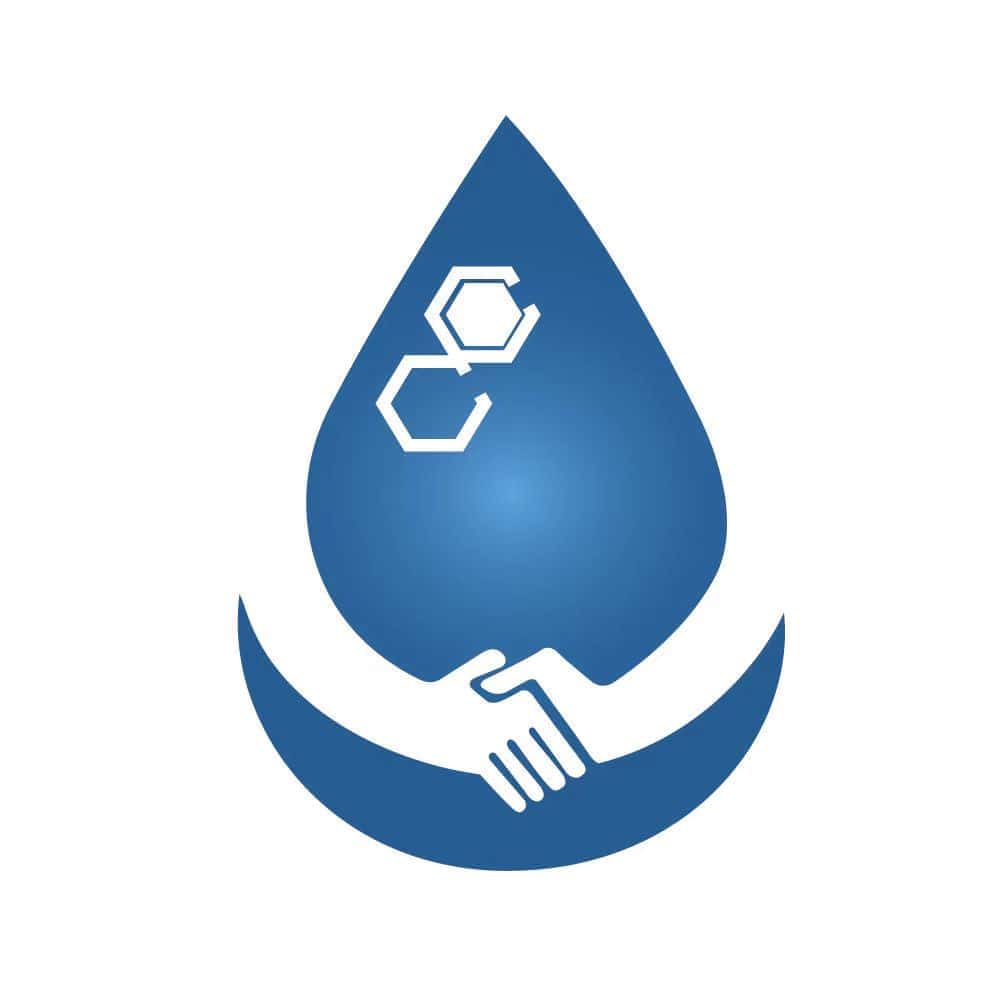
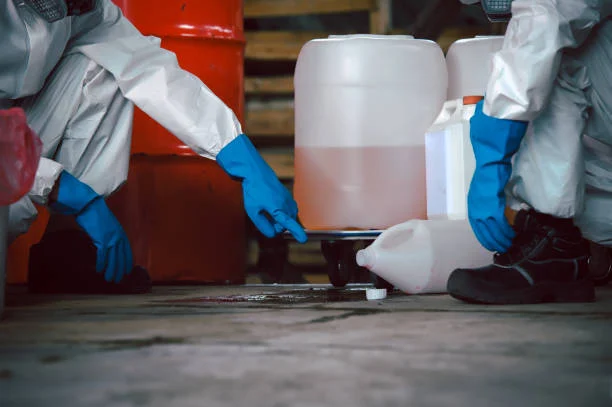
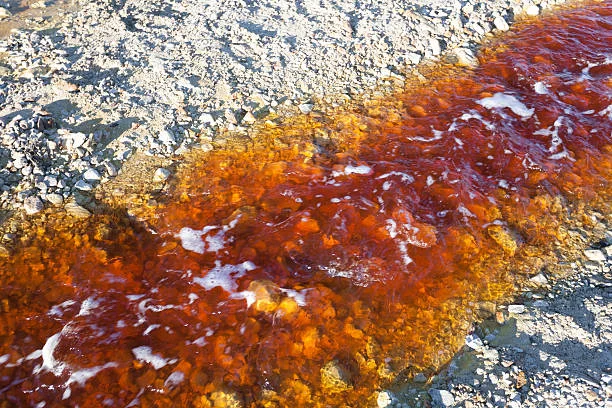

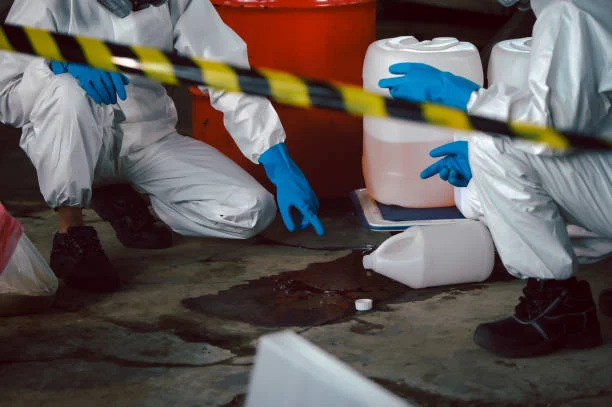

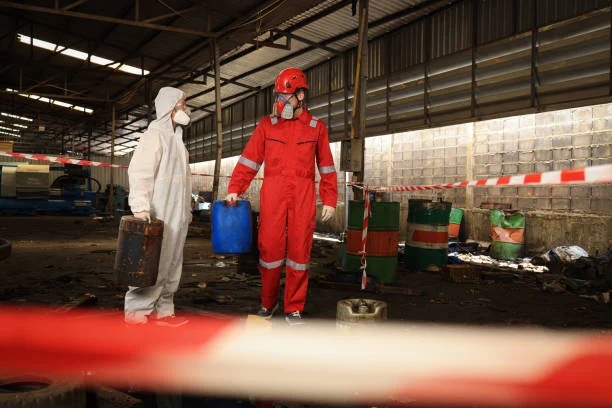

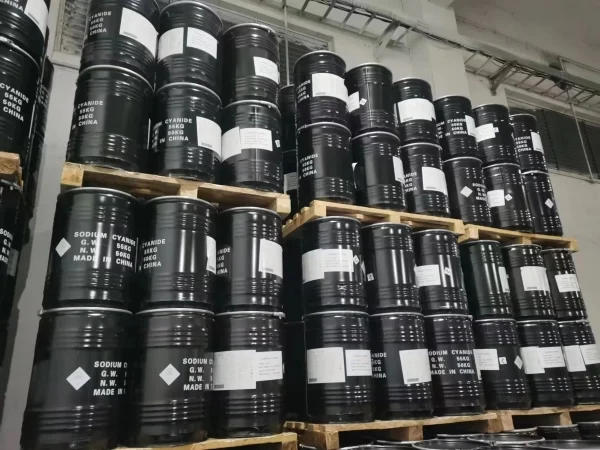


Online message consultation
Add comment: